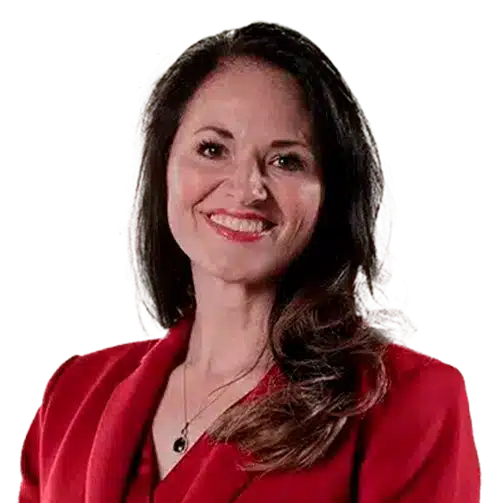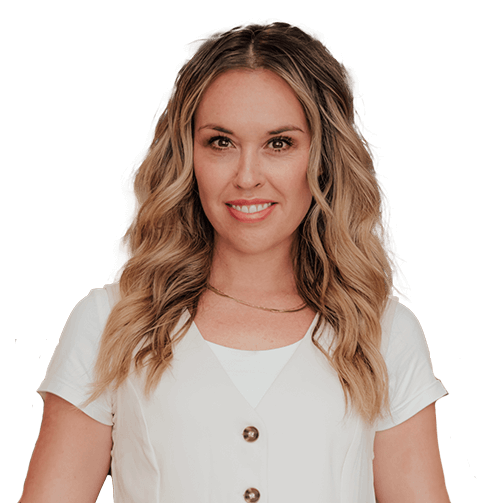When most people think about hitting a sales number, they picture a high-performing rep closing deals at the end of the quarter. But behind every number hit—or missed—is an intricate system of people, processes, and technology working in sync to support that outcome.
In this episode of Go to Market with Dr. Amy Cook, our guest Rob Stanger, a seasoned RevOps leader with deep experience in sales process design, funnel management, and operational strategy for high-growth SaaS companies, explores what makes a deal convert, why ICP matters more than you think, and how to spot red flags in your funnel before it’s too late.
What’s especially compelling about Rob’s journey is how he’s seen RevOps evolve from a behind-the-scenes function to a strategic command center for go-to-market success. He’s been in the trenches, he’s led the playbooks, and now he’s sharing what works and what doesn’t in this fast-moving world.
Read more: Mastering Sales Pressure Without Breaking
So, if you’ve ever wondered how RevOps can make or break a quarter, what frameworks actually help sales teams qualify deals, or how to keep sellers aligned with company ICPs without putting up walls, you’re in the right place.
Here are some highlights from Rob’s episode of Go To Market with Dr. Amy Cook:
Amy: What indicators indicate a deal is healthy and will convert?
Rob: It starts with clearly understanding your ideal customer. It’s about knowing who they are and identifying the specific attributes that signal a good fit. For example, saying you target healthcare systems over a particular size might sound useful, but that alone doesn’t tell you if they’re actually a qualified or ideal fit. And it certainly doesn’t help you find those deals.
You need to understand the real indicators—what behaviors or traits these companies exhibit—and then build your outreach strategy around that. I’ll give you an example. I worked at a company that sold sales engagement platforms to SaaS businesses. At first, we said our target was ‘anyone who sells software.’ But that was way too broad. What mattered was whether they had a high-velocity sales model.
Read more: The Dynamic Partnership of Sales and RevOps
We got more specific: What’s the ratio of SDRs to AEs? A company with many SDRs doing outbound prospecting was a better fit for our product. It took multiple iterations to narrow that down. So, step one in qualifying a deal is making sure they truly match your ICP.
Then, step two is going through a solid deal qualification process: Is the timing right? Do you know the key stakeholders? Is there a compelling event? If you look at closed-lost reasons, the top ones are usually bad timing or the wrong stakeholder—not necessarily because the product was a bad fit.
Amy: What do you do if a seller disagrees with the company-established ICP?
Rob: You mean after I finish rolling my eyes?
No, seriously, that’s a great question. Look, salespeople are in the trenches and on the front lines, so they see things that others in the organization might not. It’s important to listen to that feedback. That said, especially in an established company, you’ve likely invested in product marketing teams and other functions specifically tasked with defining your market, identifying how your product fits, and articulating the value proposition.
You should clearly understand the problem you’re solving, the solution you’re offering, and how that aligns with your ICP. And just to clarify, your ICP isn’t necessarily a specific person. It’s really about a company in a particular state or situation. It’s a type of prospect, not just a persona.
So yes, I’d listen to the sales team. But at the end of the day, they’re quota-carrying reps, and they’re measured on results. If they want to experiment and pursue prospects outside the ICP, that’s their call. But I’d say this: the proof is always in the results. I’d be surprised if that kind of experiment turned out to be successful.
Click here for the entire interview.




















